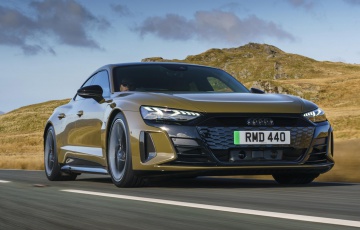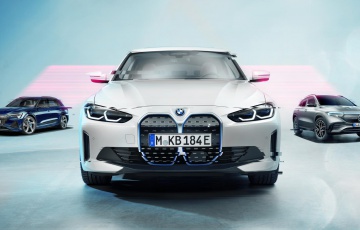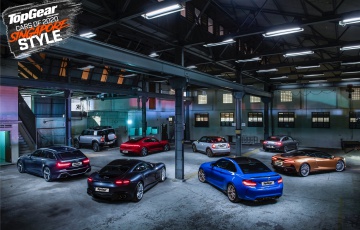2022 Audi RS 3 Sedan 2.5 TFSI Drive Review : The Green (S)mile
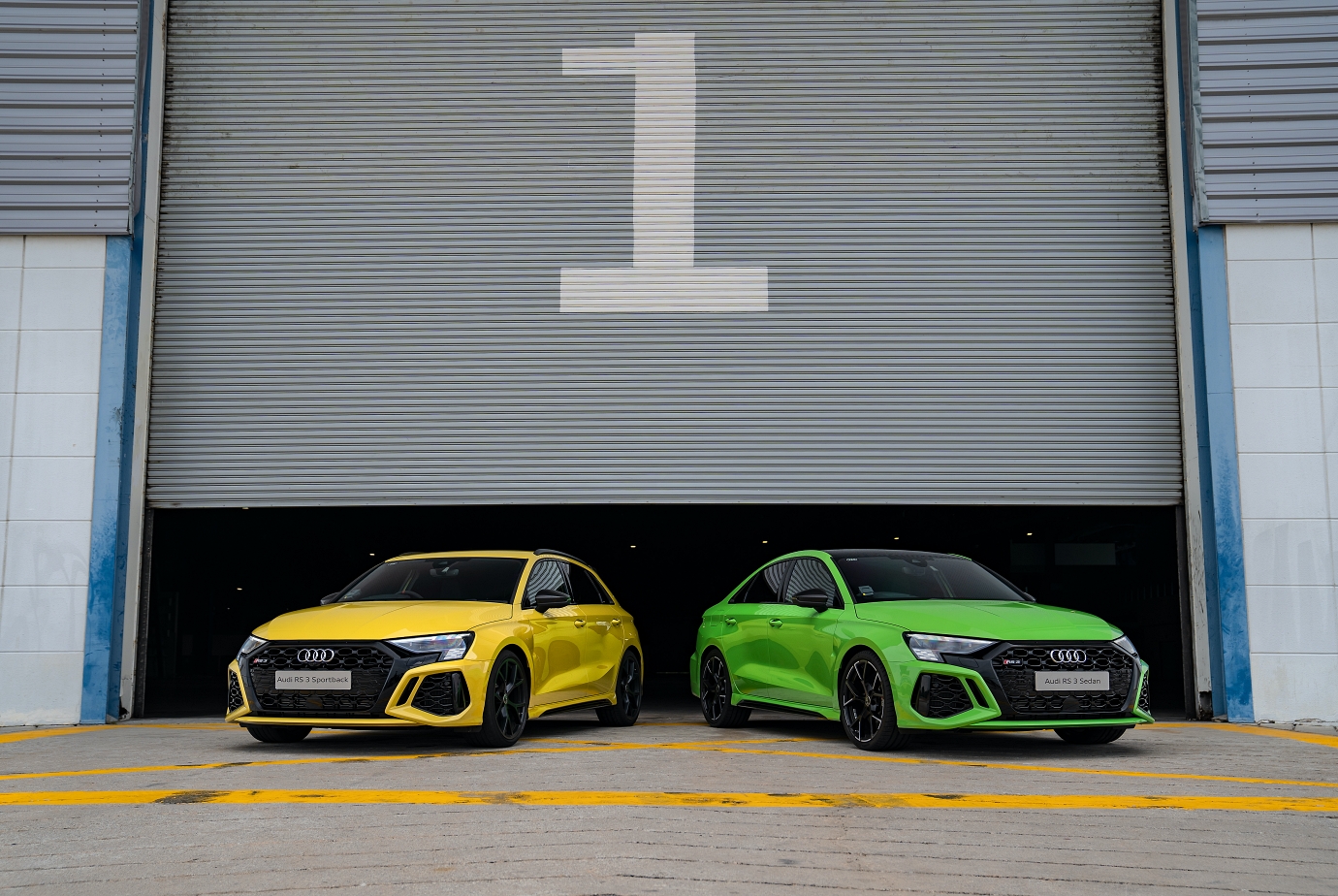
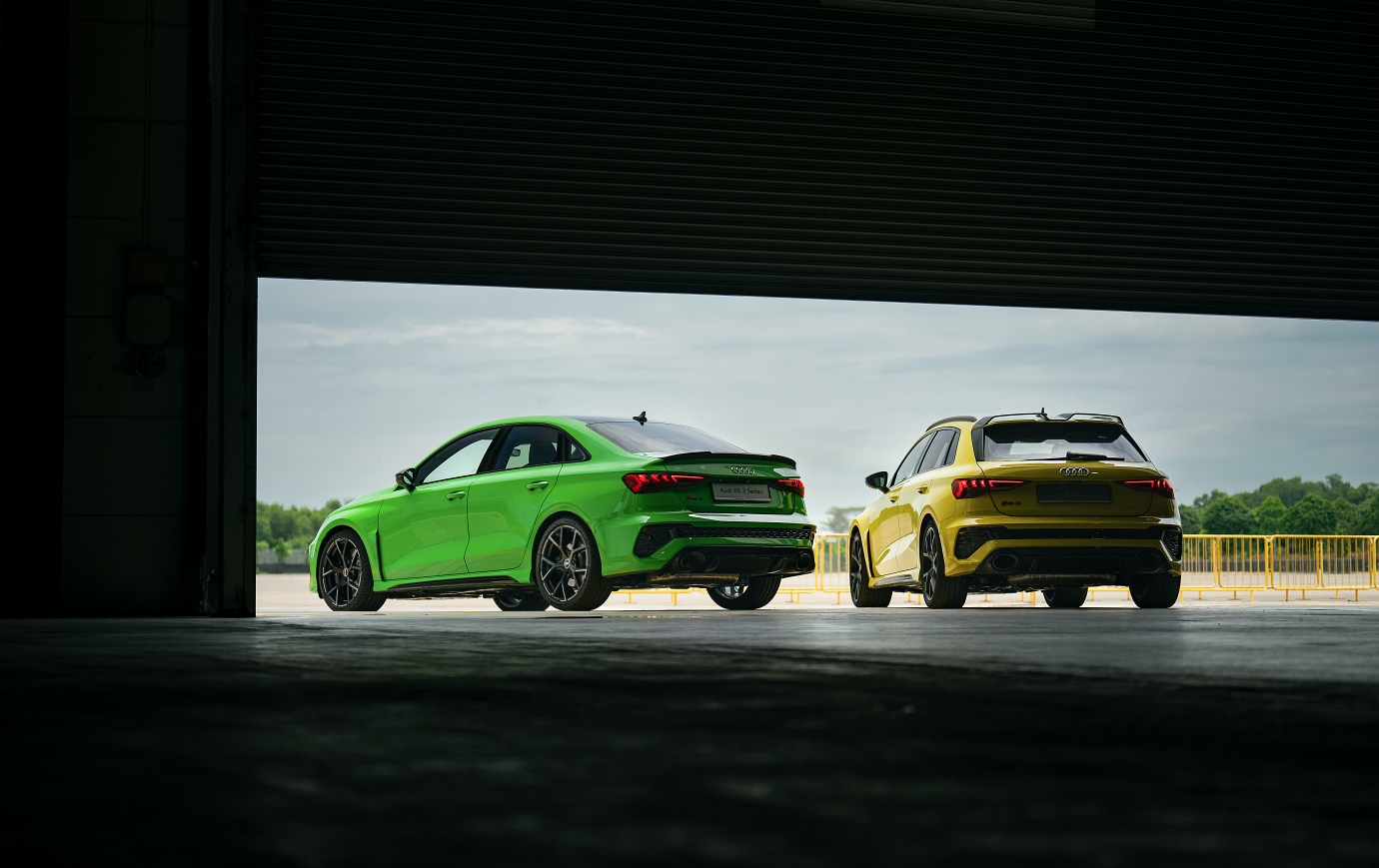
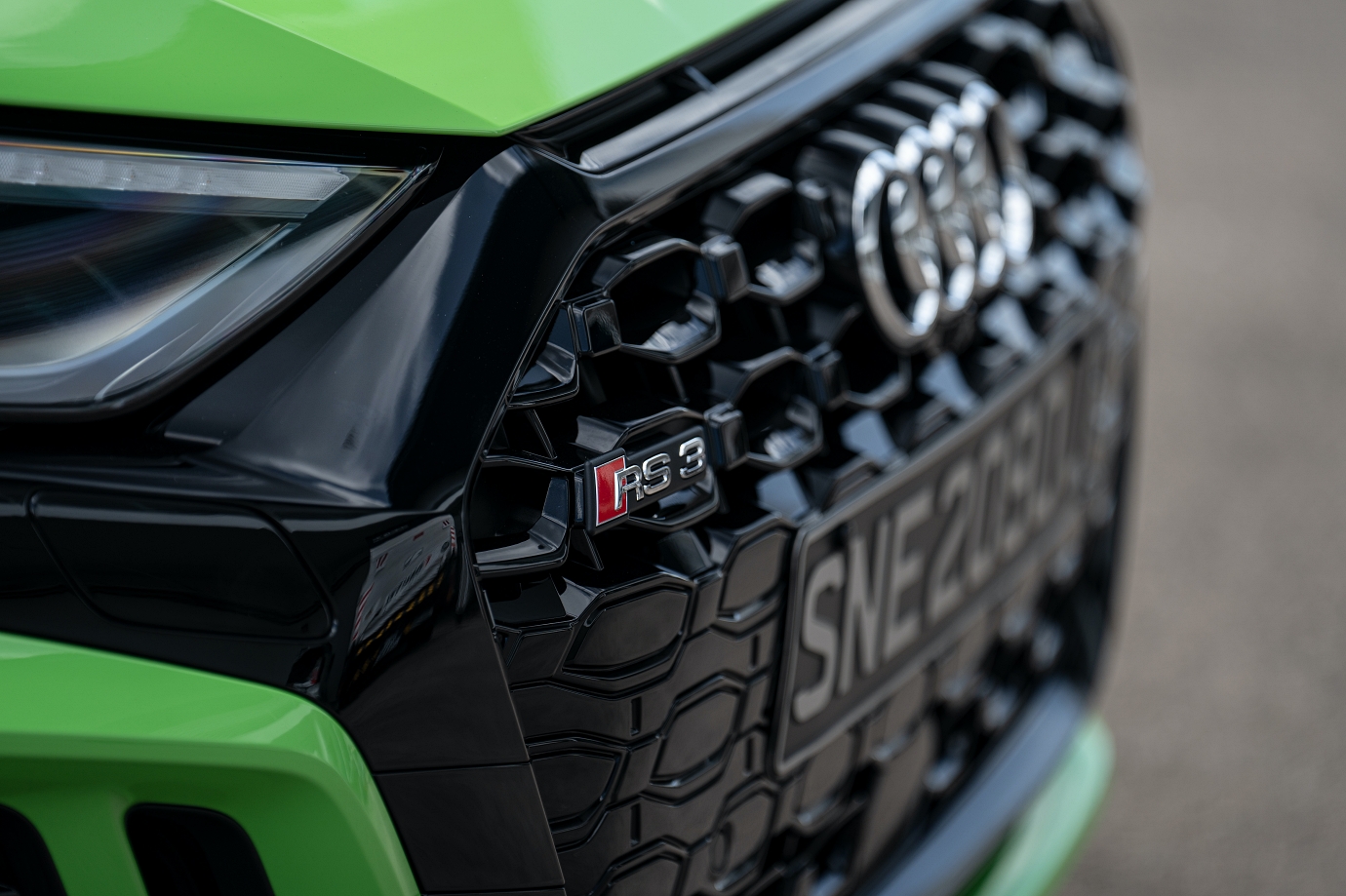
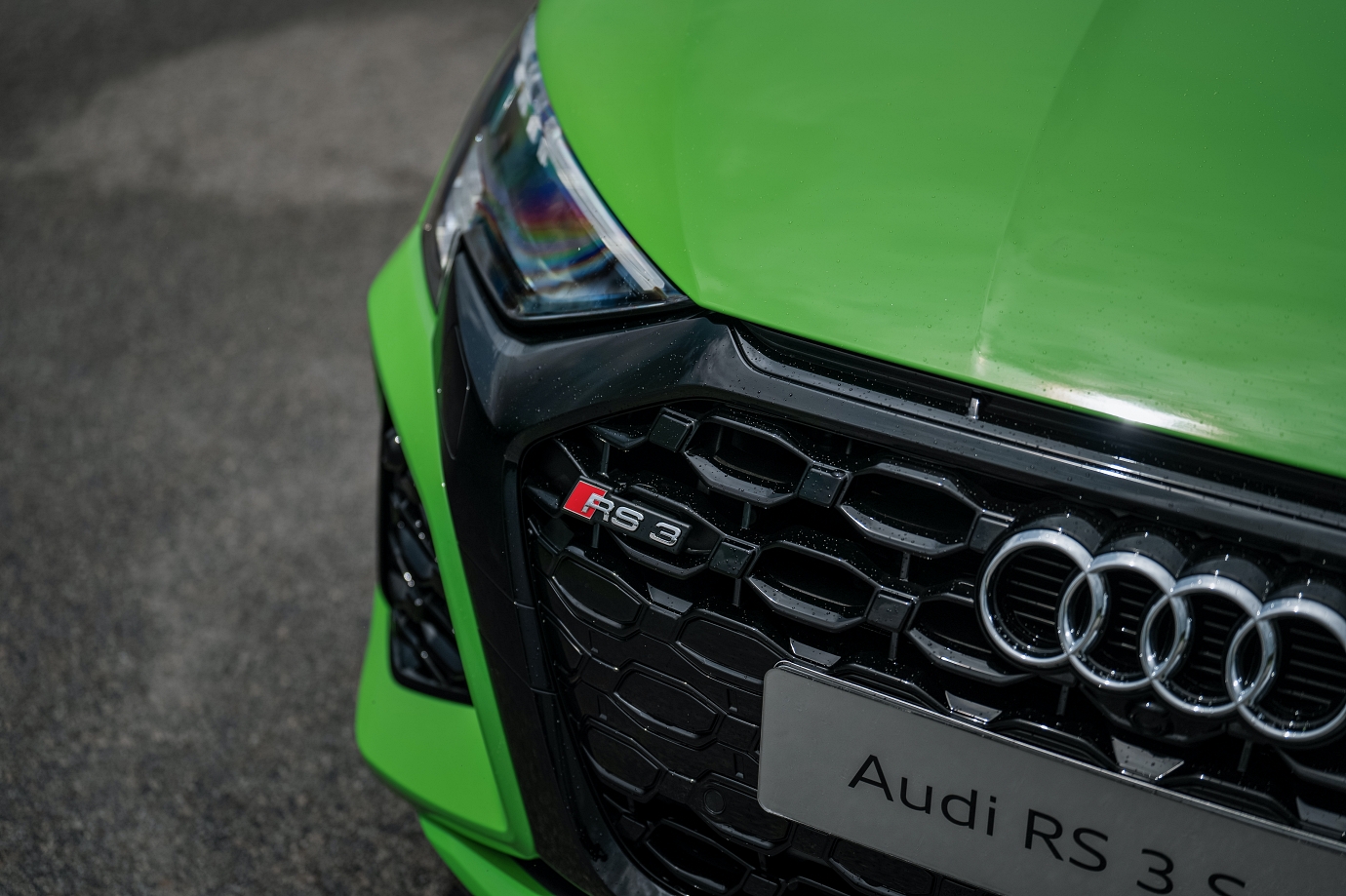
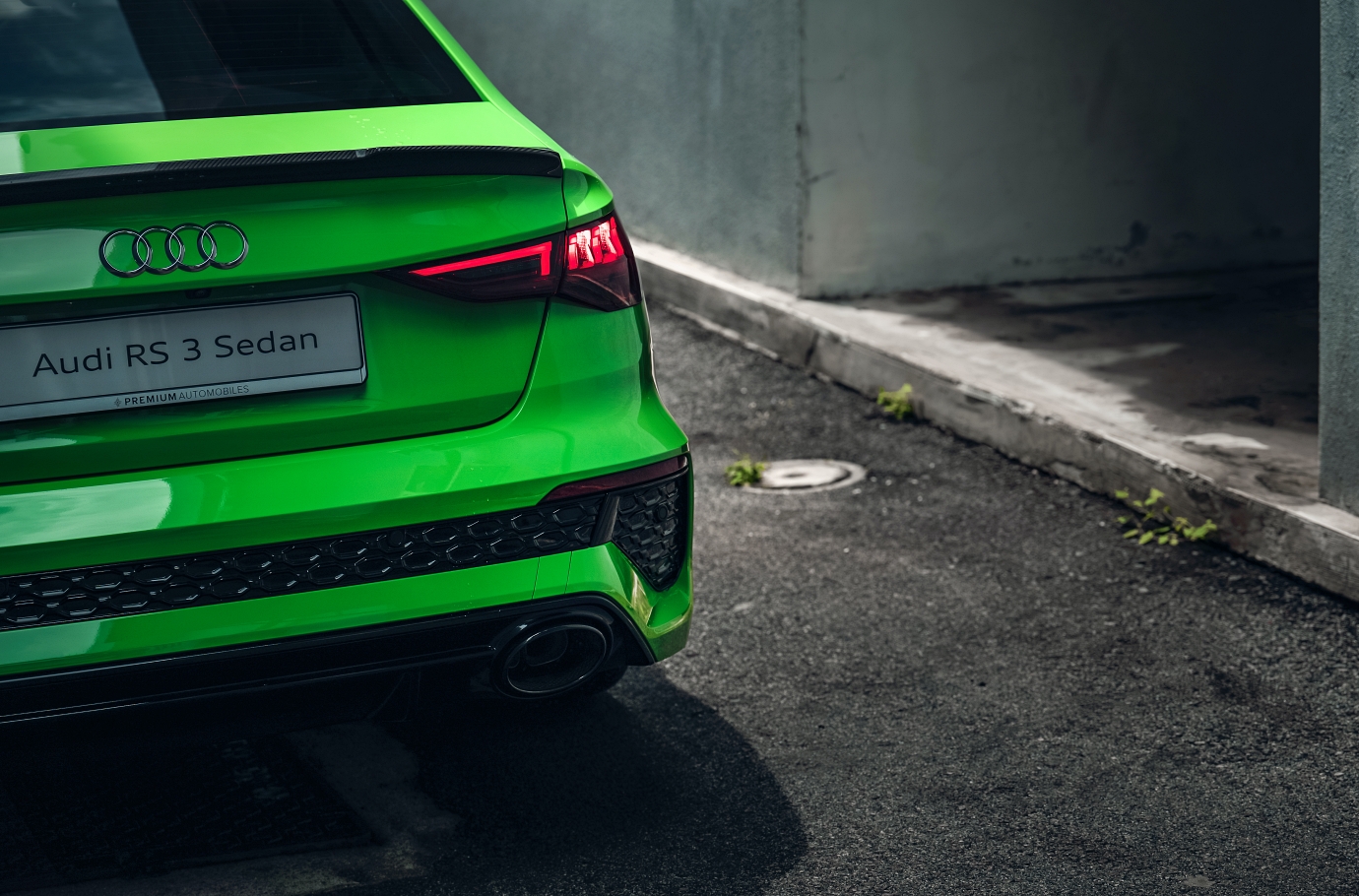
Audi RS3 Sedan 2.5 TFSI Drive Review : Green (S)mile
Singapore - Having a fun car on-test on Singapore roads is like going on a hot date, only you have to send your date straight home after dinner.
When you're in a fun car and let loose in it on a closed ‘circuit’, it becomes a much spicier date, which means dinner and drinks that night and possibly, breakfast the following morning!
One of our stand-out spicy dates in Singapore earlier this year was with Audi’s tubthumping twins, the RS 3 Sedan and Sportback.
That’s not even the best part, because Audi Singapore arranged for us to have a two-hour closed-set shot with the cheeky twins on a technical circuit set-up within the grounds of the Changi Exhibition Centre.
We had ample room, a water truck (to keep surfaces slippery if needed), fresh rubber and no chaperones in sight (after the orientation lap that is) as we got down and dirty with the pert and perky pair.
Between the two, this author has always had a penchant for the RS 3 Sedan.
Why? The RS 3 Sedan’s booted, three-box shape is low-key stealthy and never gives-off the Sportback’s hot-hatch vibes, yet conceals the same explosive firepower under its skin.
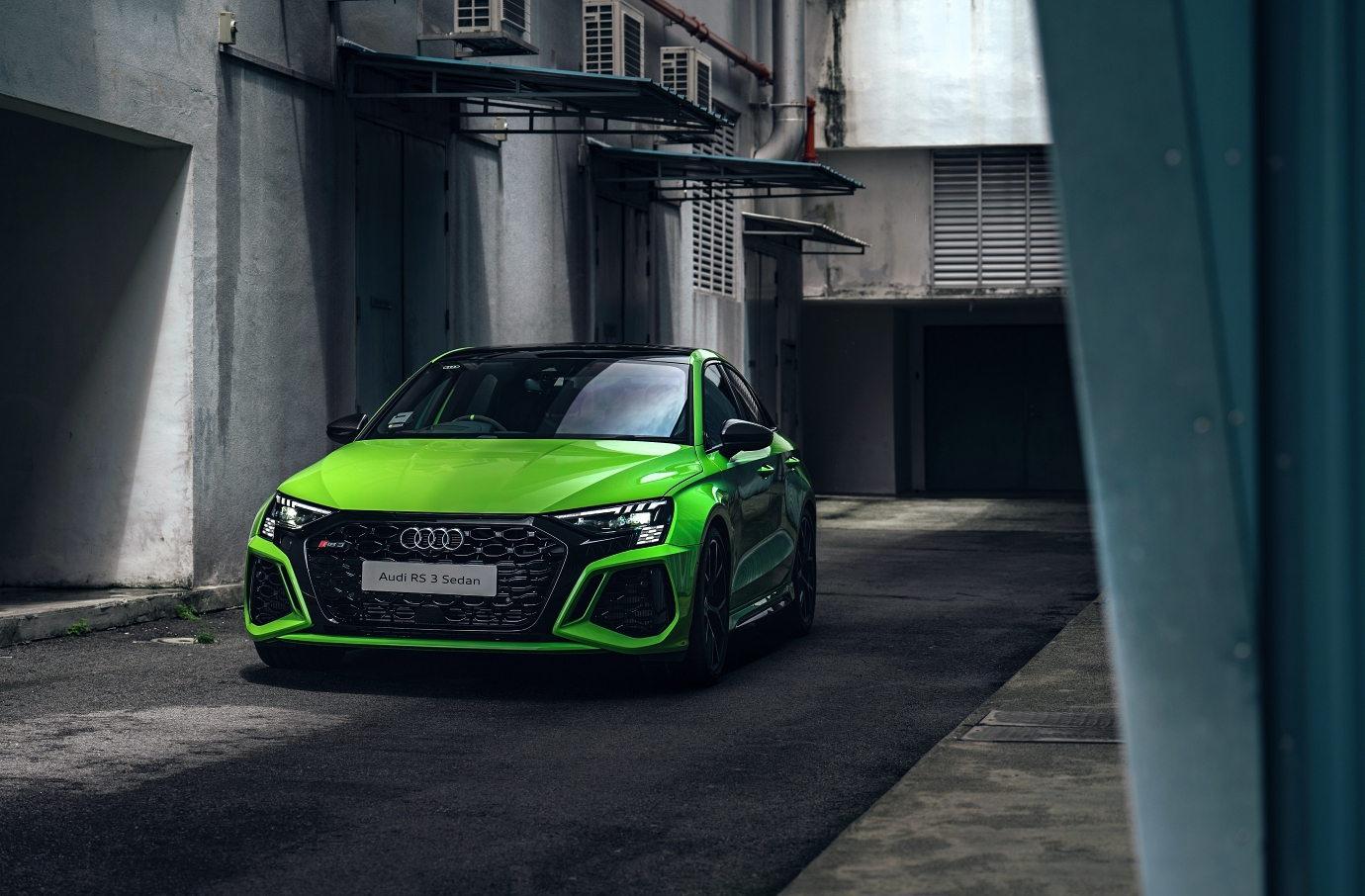
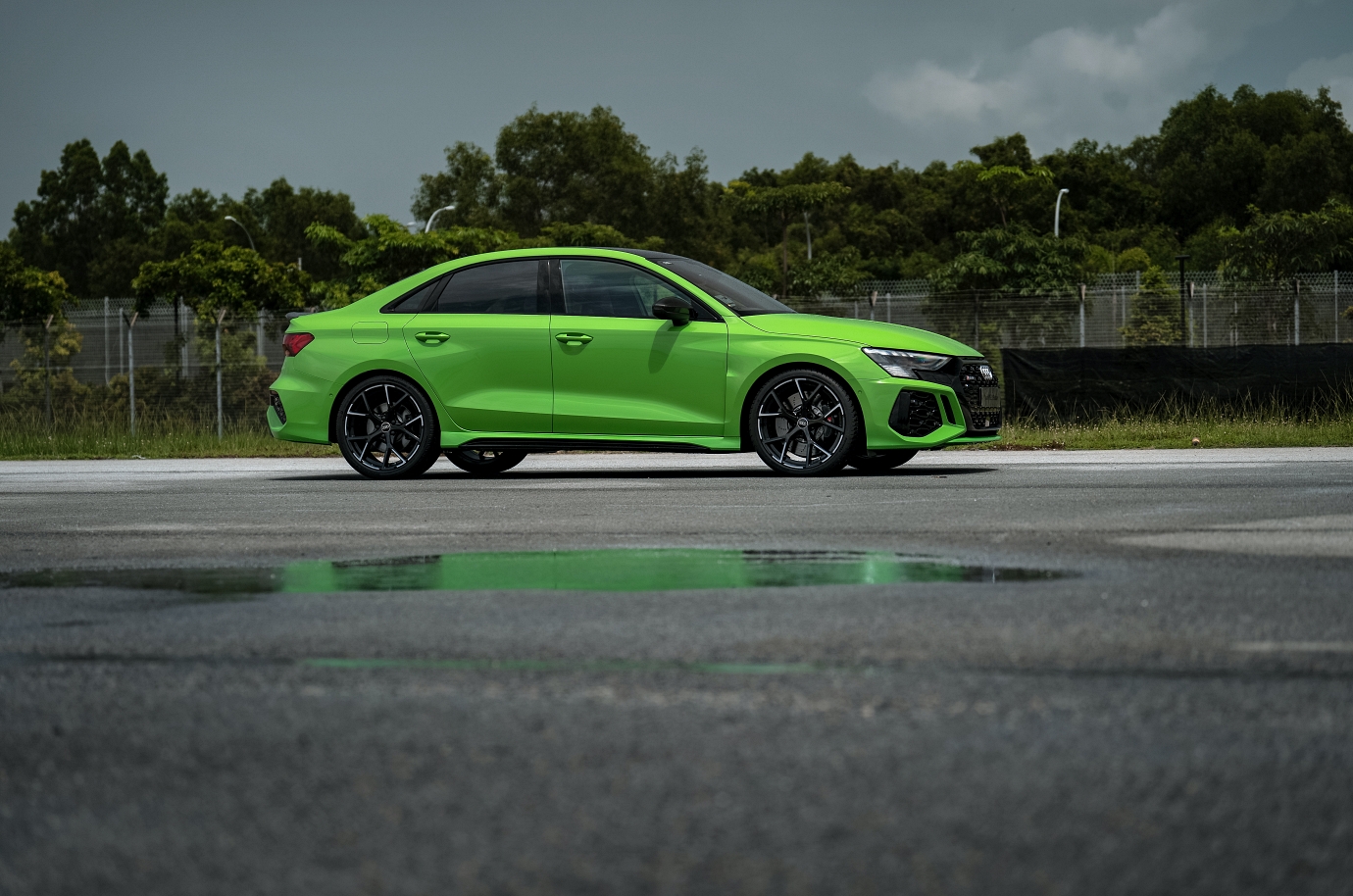
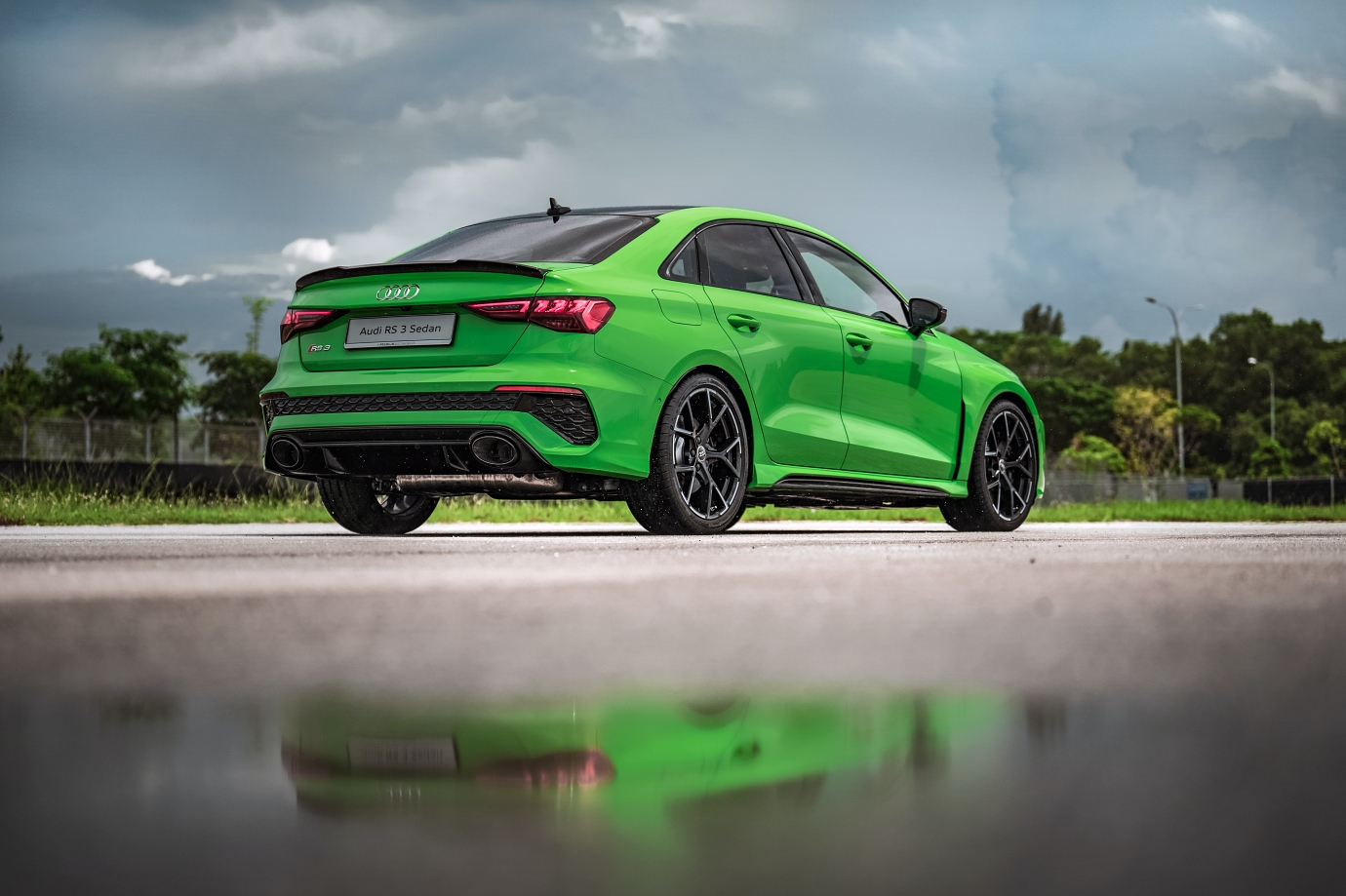
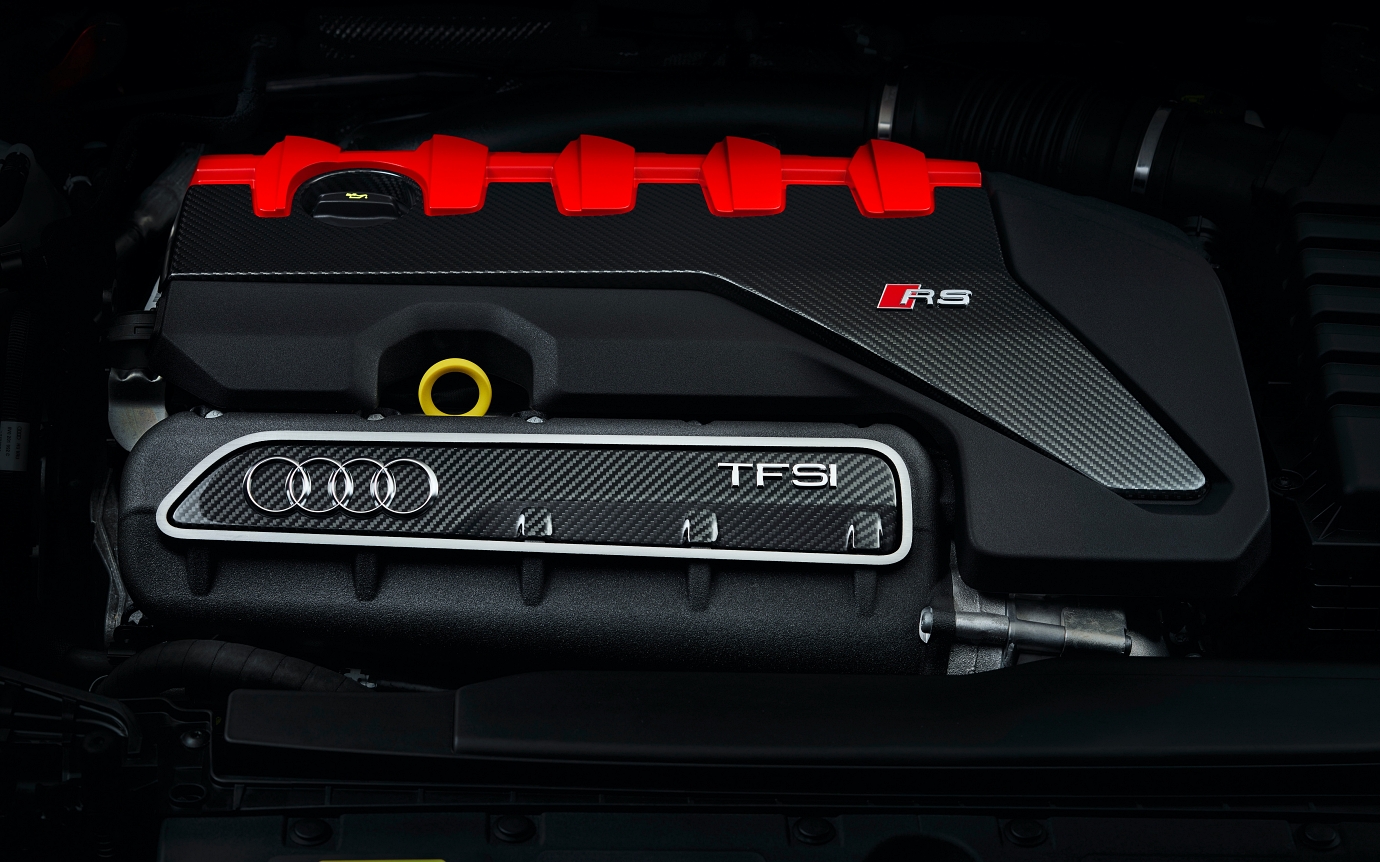
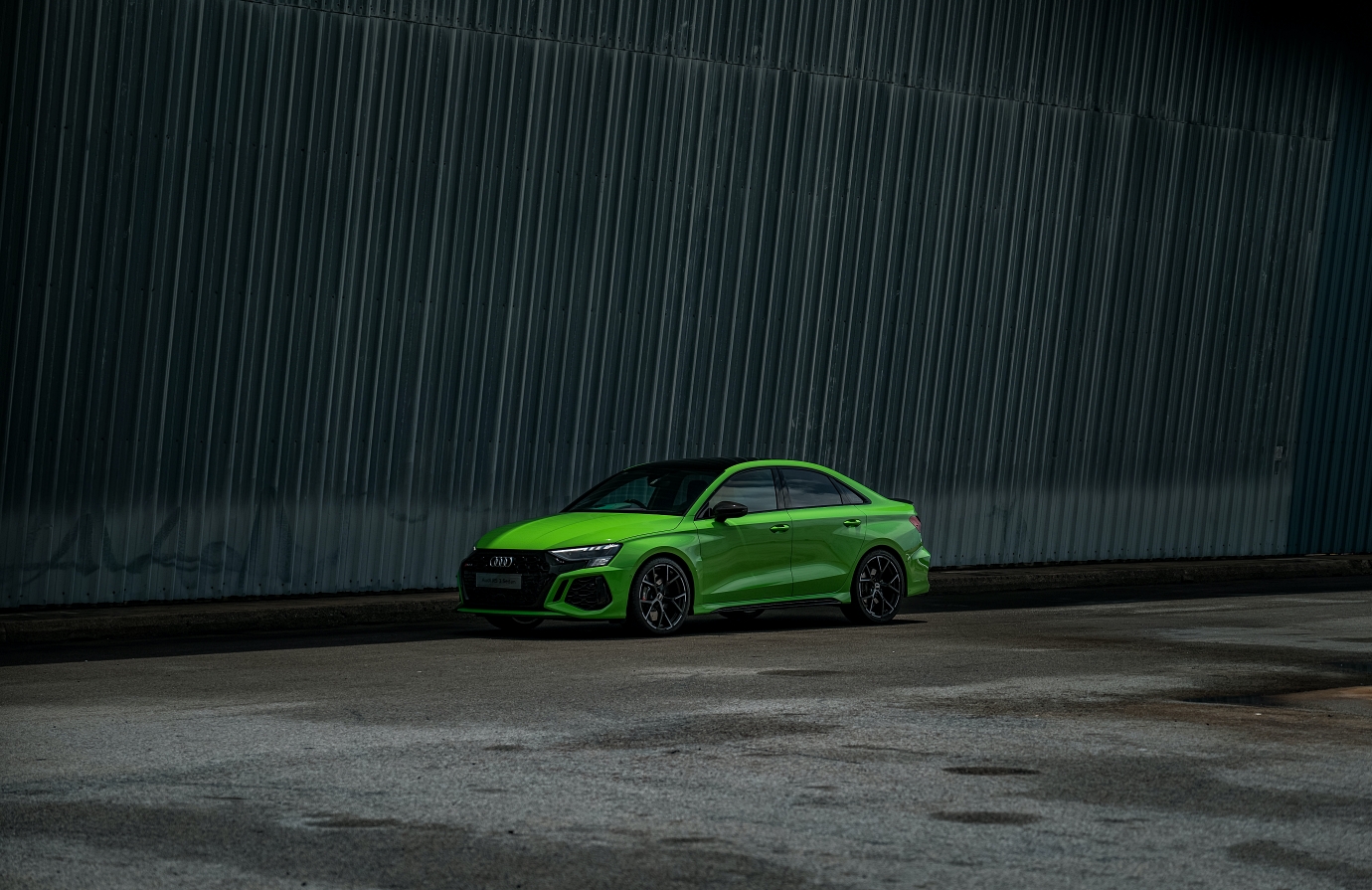
Driven sedately, it is the very soul of respectability that will serve you in good stead with the potential in-laws and at the office carpark.
As much as normies love a conventional three-box sedan, there’s nothing more us petrolheads love than a big, bad wolf in sheep’s clothing – so that’s something for everyone then!
Compared to its predecessor, the latest RS 3 Sedan is longer, wider and taller, but more importantly, sees a widened front track for better front-end bite.
Visually, it gets the wide RS honeycombed singleframe front grille with accompanying XL air-intakes and flared fenders to create a powerful impression – all functional of course, but great for street-cred as well.
At the back, there’s a discreet boot-lid gurney flap, dual-exit single tail-pipes and a large diffuser to round off the proceedings.
The RS 3 has always been characterised by a charismatic turbocharged five-cylinder powerplant, which is a cool nod to the great-grand-pappy Sport Quattro that started the motorsports mayhem for the brand from back in the mid-1980s.
In this latest RS 3, the soulful 2.5-litre is tuned to deliver a similar 400hp as its predecessor and 500Nm (20Nm more than its predecessor), but the power kicks-in 250rpm earlier than before for a steeper, more aggressive power curve.
However, it is the engaging intensity in which the chassis and trick active torque splitter translates this into straight, cornering and sideways motion that helps the RS 3 tackle the other compact contenders in this segment from Mercedes-AMG and BMW M.
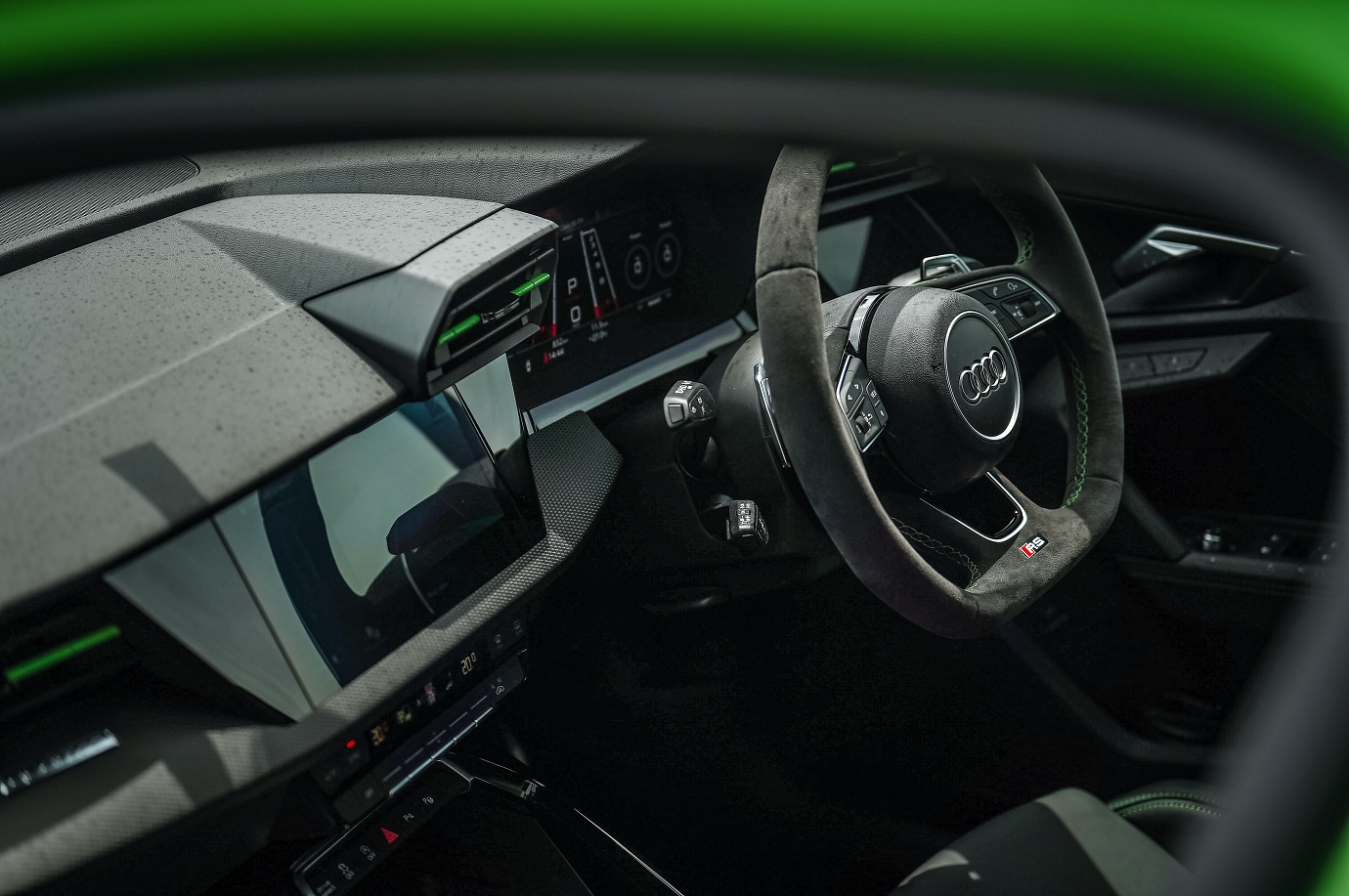
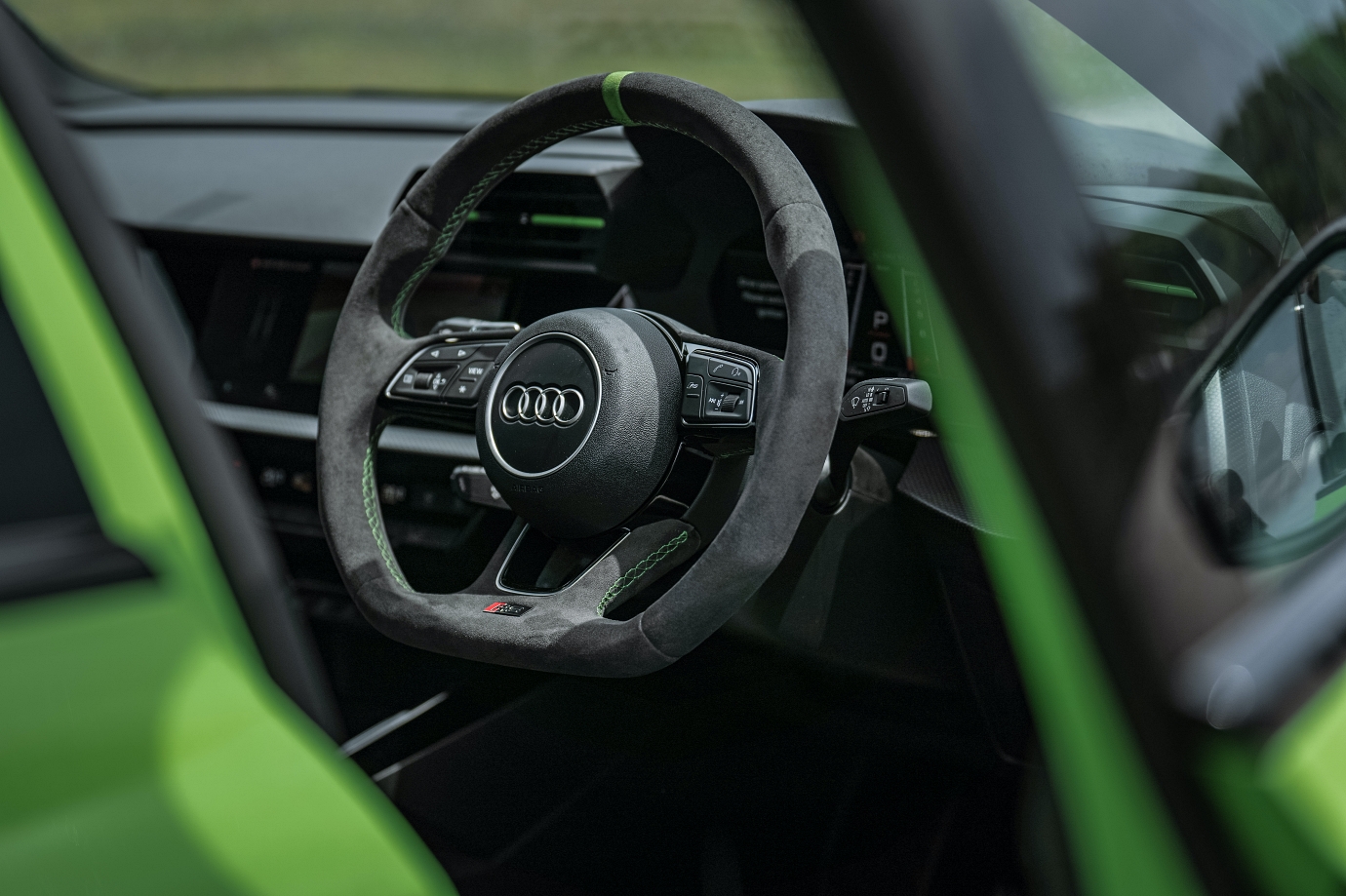
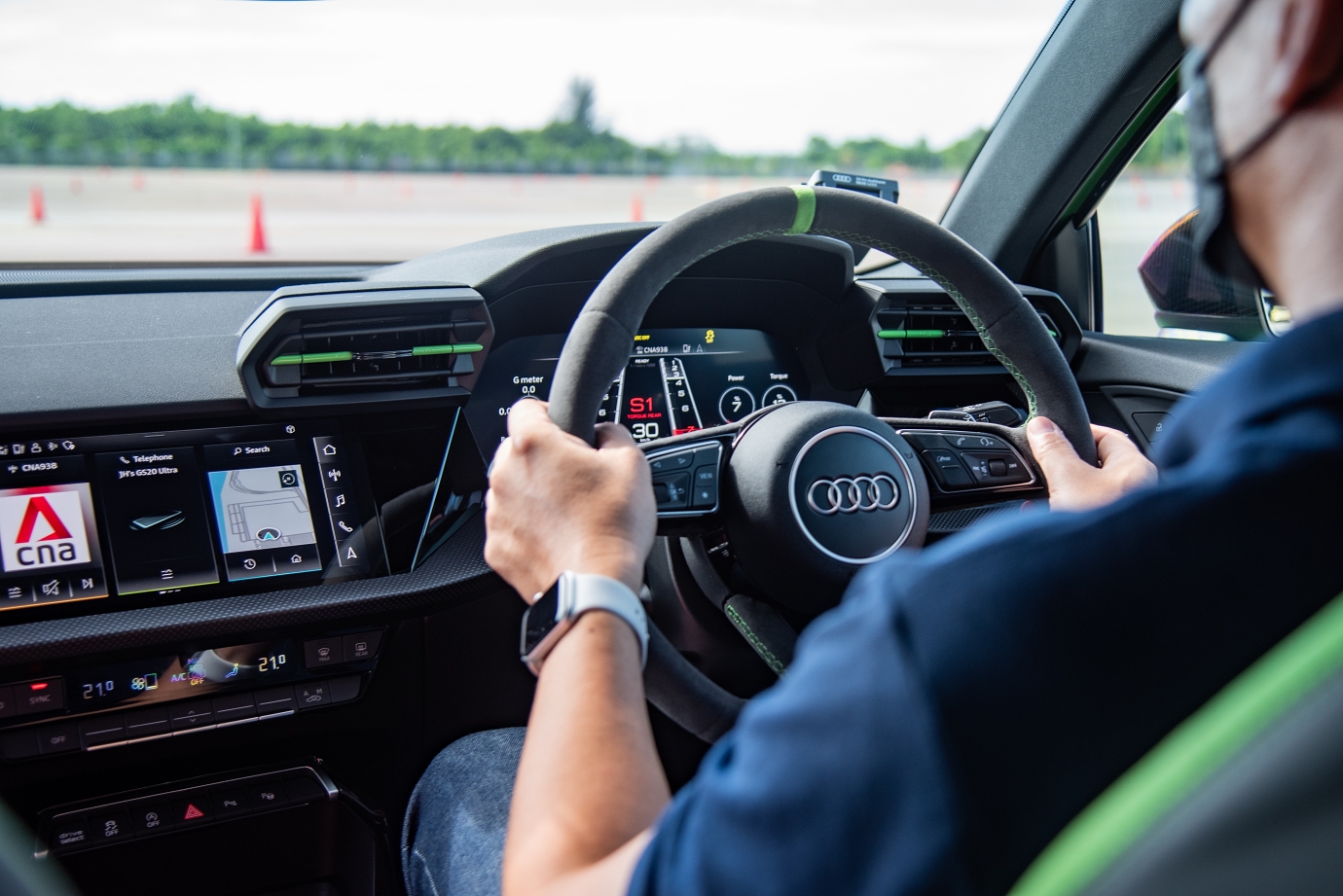
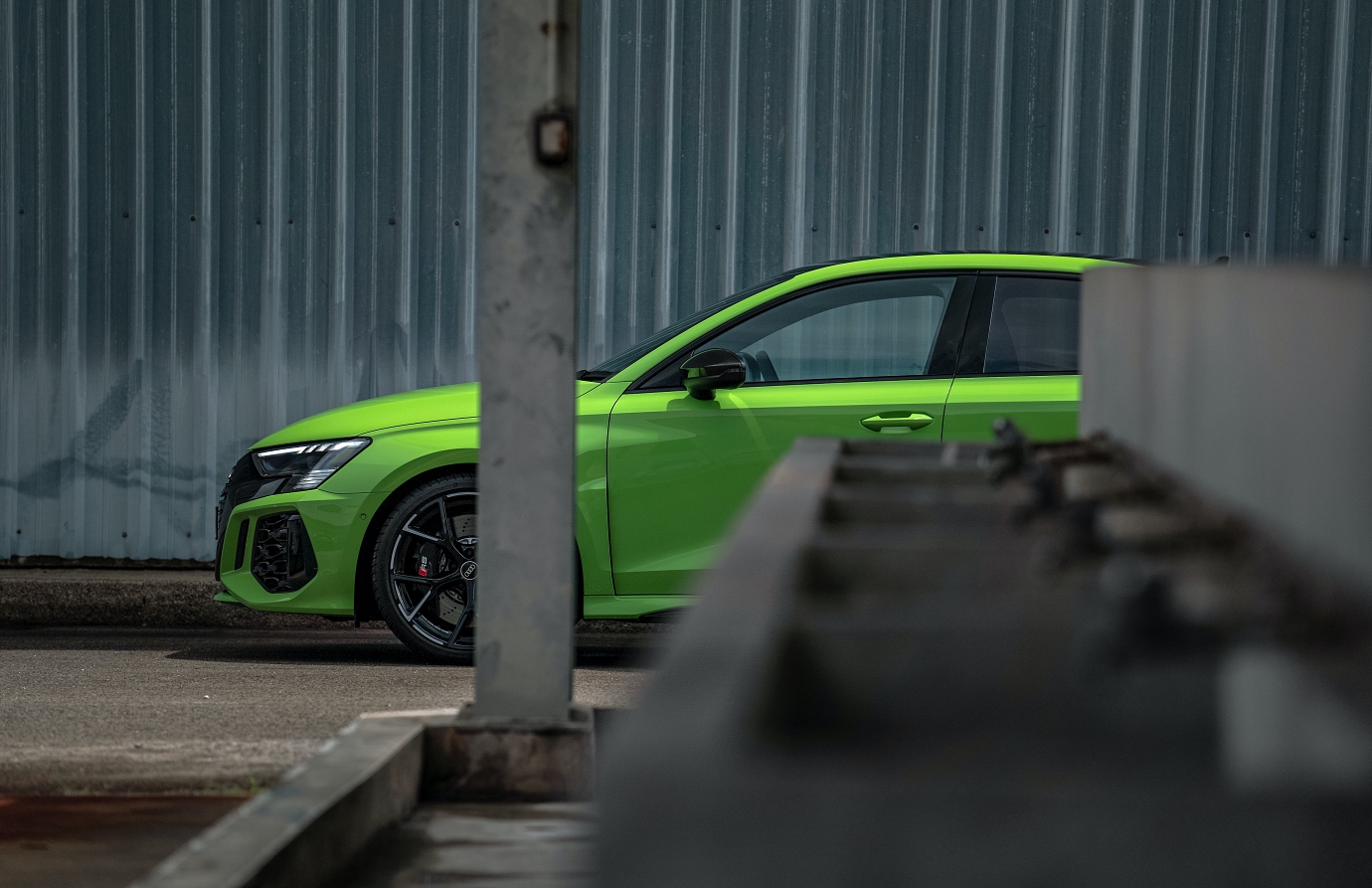
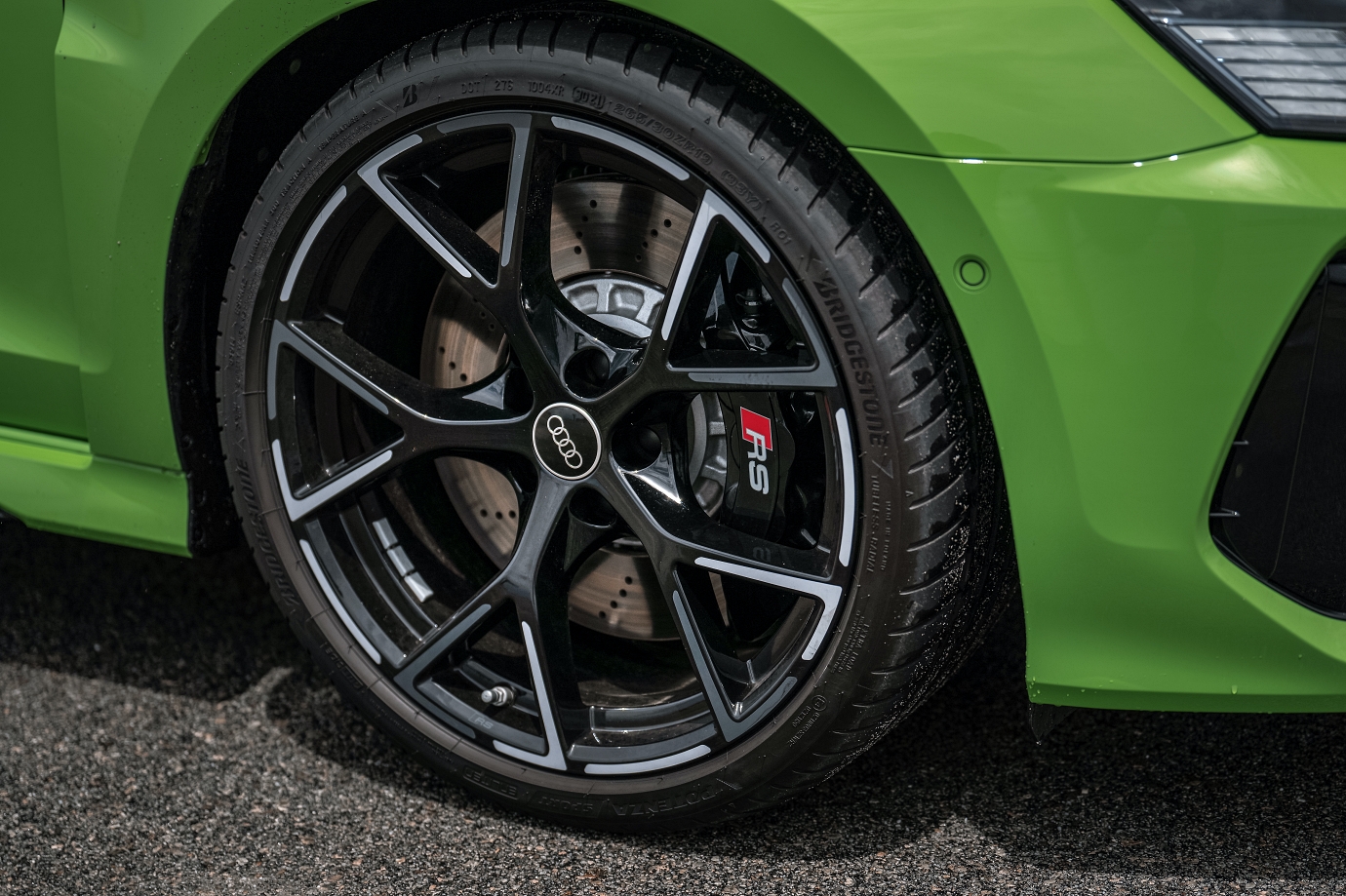
Audi Torque Splitter & RS Torque Rear mode
To better handle the rising output figures in the performance arms race, many of the sporting machines in the compact class now feature all-wheel-drivetrains, which is a format Audi has long embraced.
Although quattro all-wheel-drive has been a part of Audi’s powertrain arsenal since the very start of its motorsports campaign, what’s new for the latest RS 3 is a trick RS Torque Rear mode that is an addition to the selectable drive programmes.
In theory, an active torque splitter varies the amount of torque split between the two rear wheels depending on drive mode and driving conditions to achieve cornering agility and optimum stability on the straights.
And what does this torque vectoring mean in practice when you engage RS Torque Rear mode? Drift-o Drift-o!
Slow-in-fast-out may be the key to a fast lap (in case you didn’t know, the RS 3 Sedan was piloted to an impressive 7:40:748 mins around the Nürburgring Nordschleife), but we’re the sort of petrolheads that enjoys a session of salacious sideways shenanigans as well!
We took a few ‘proper’ laps to learn the lines and appreciate what the finely-honed RS 3 Sedan is capable of, then gave in and decided to indulge our inner hoonigans.
For best results, I suggest disabling all levels of traction control after engaging RS Torque Rear mode for optimum control in provoking and controlling the drifts, since it’s always better to have the chassis work with you.
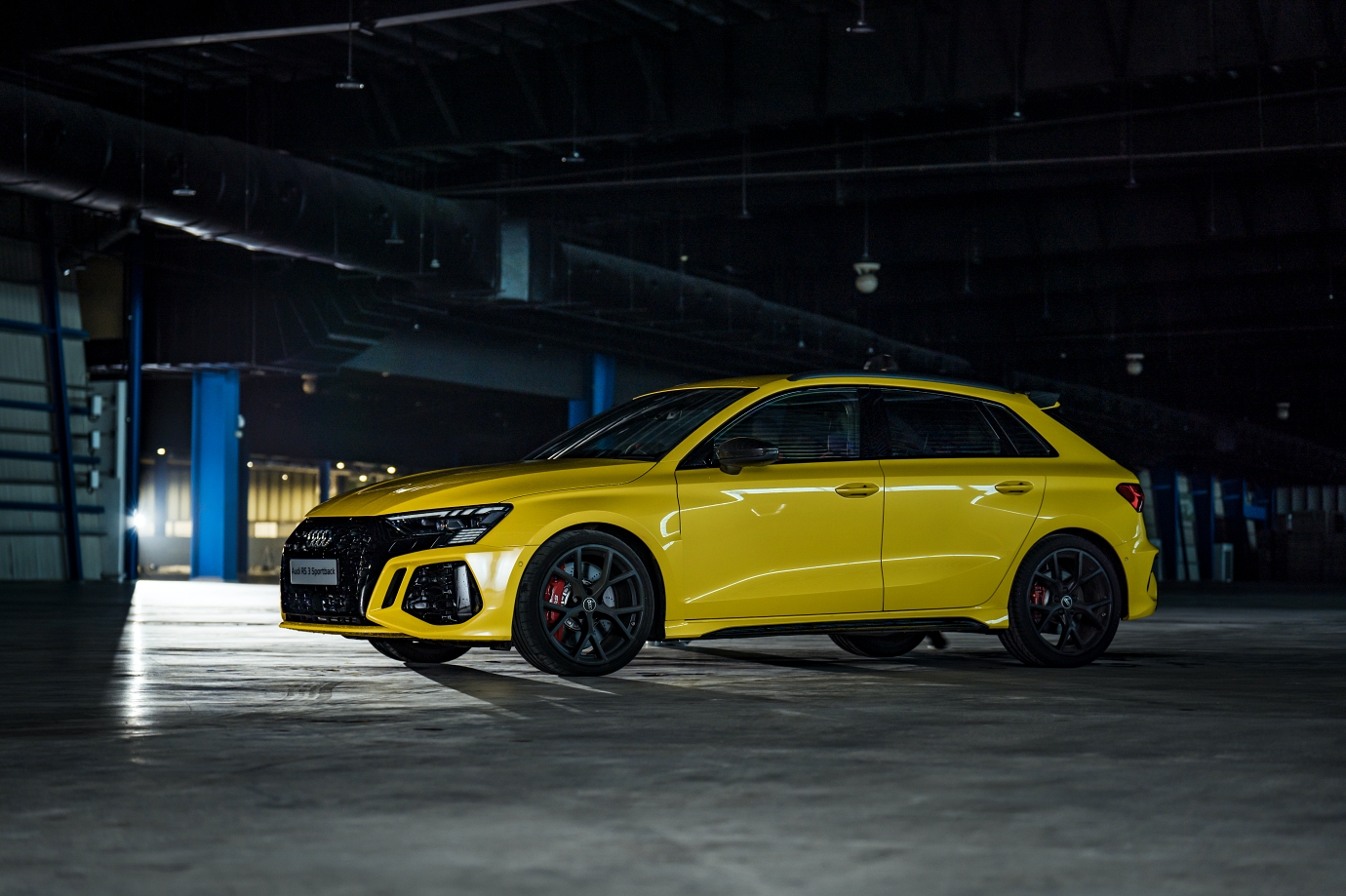
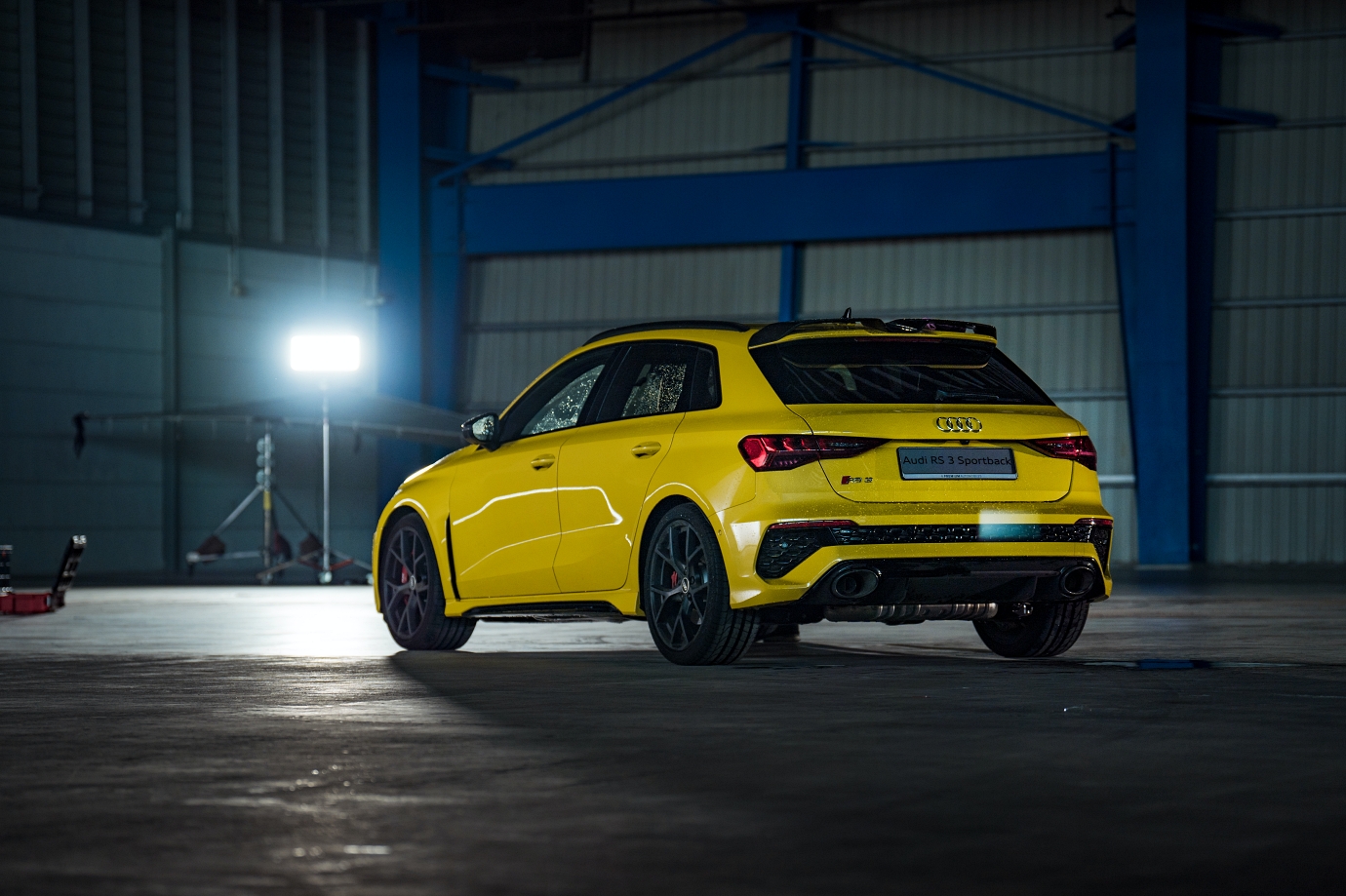
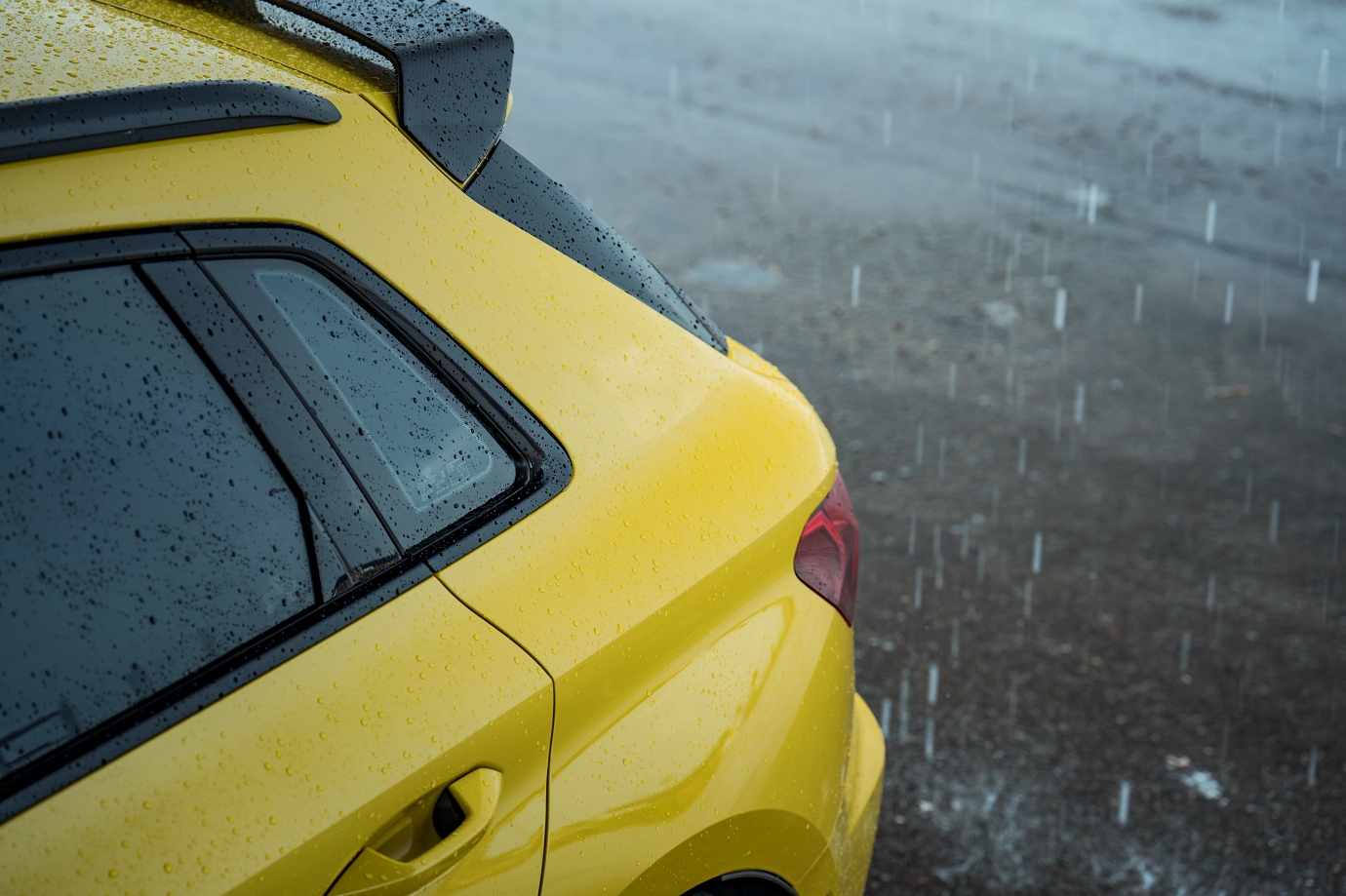
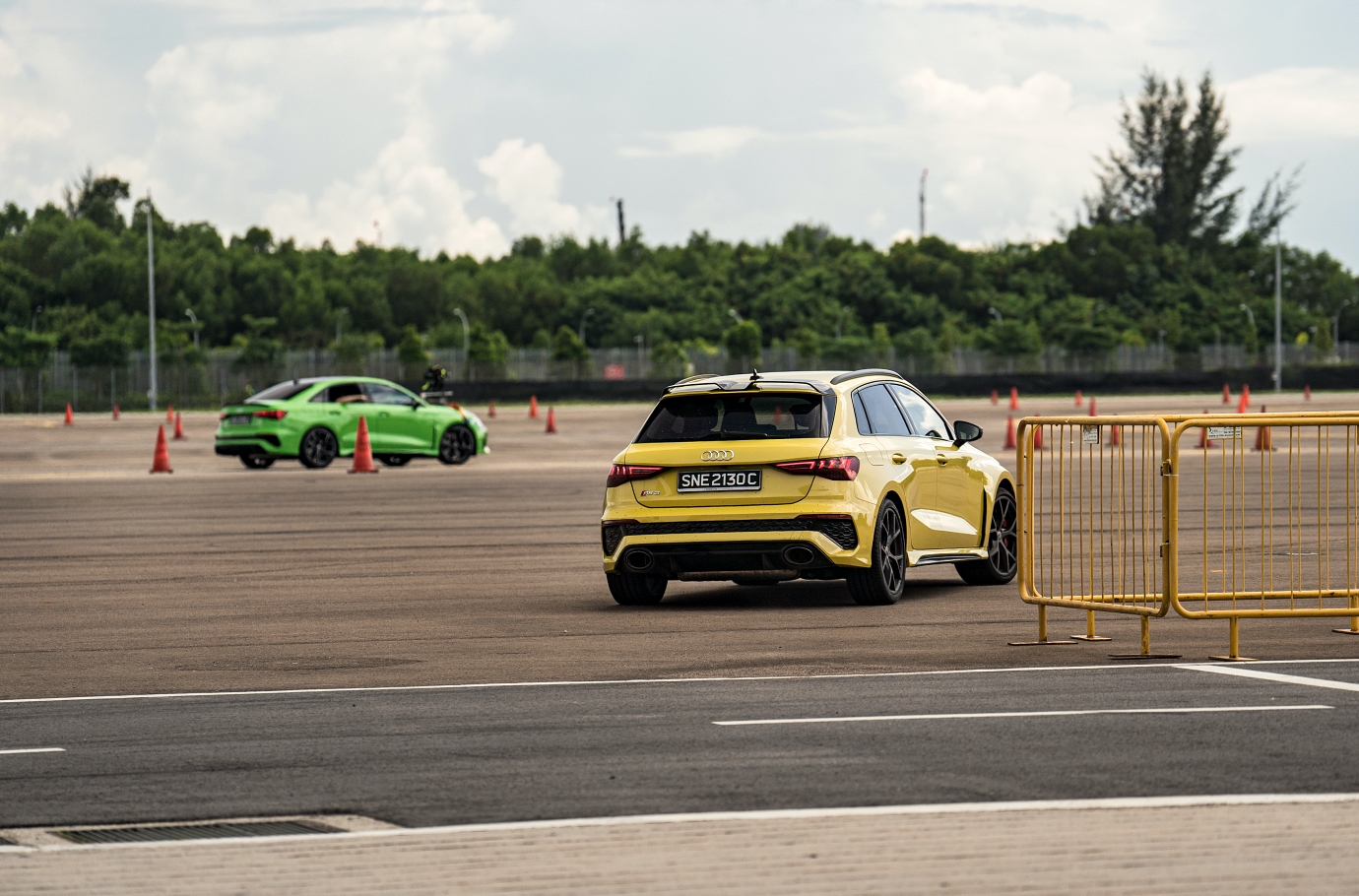
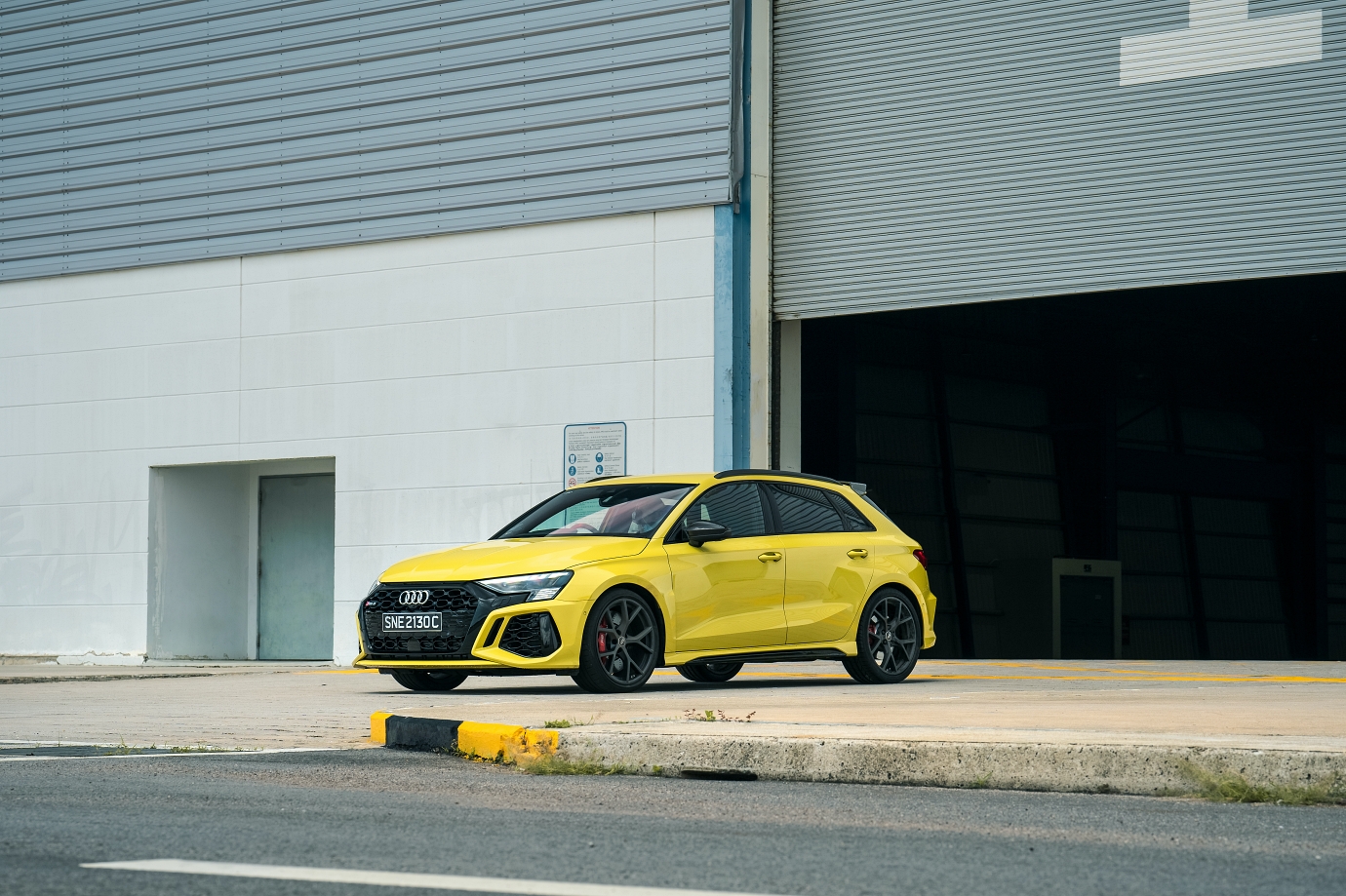
Audi RS 3 Sportback
It doesn’t transform into a pure rear-drive car, but lets you put on a great performance nonetheless.
On the straights as you slingshot out of the corners, the acceleration is blisteringly ballistic and satisfyingly shouty, with a stupendous song-and-dance to accompany the go-go-go of the groovy five-cylinder soundtrack.
The sticky rubber affords phenomenal grip in dry conditions, so it’s an eye-opener the first few times the tail starts coming around in the corner under a bootful of throttle.
It proved such an addictive thrill we ditched fast in favour of flourish, as we made it our mission in the remaining 30mins to string together as many corners as we could… sideways and perfectly in control of course!
It’s been a long time since we enjoyed such hard laps around a closed circuit. It wasn’t just about sampling the 3.8secs 0-100km/h sprint time and working the slick-shifting 7spd dual-clutch gearbox to unlock the turbo’d 5cyl’s redline.
More importantly, there was ample time to experiment and slowly come to grips with the RS 3 Sedan’s dynamics at the limits of adhesion – invaluable insights in such sportscars and it should come as no surprise this little green was the source of my big grin after the session.
PHOTOS Audi / Jay Tee
Audi RS 3 Sedan
Engine 2480cc, 20v, inline5, turbo'd
Power/rpm 400hp/5600-7000rpm
Torque/rpm 500Nm/2250-5600rpm
Transmission 7spd S tronic dual-clutch
0-100km/h 3.8secs
Top Speed 250km/h (electronically limited)
Kerbweight 1575kg
Fuel Consumption 9.8l/100km
CO2 224g/km






